
Introduction
Capturing Aerial Perspectives: The Art of Drone Photography has revolutionized the way we capture images from above. By using uncrewed aerial vehicles (UAVs), photographers can now explore previously impossible perspectives. In this article, we will delve into the history of drone photography, discuss the benefits of aerial perspectives, and provide valuable insights on capturing stunning shots from the sky.
History of Drone Photography
Drone photography has a fascinating history that dates back to the early 1900s. The first documented use of drones for aerial photography occurred during World War I, when the French military utilized kites equipped with cameras to capture images of enemy territory. Over the years, technological advancements have led to the development of increasingly sophisticated drones, which are now widely used by photographers and videographers. Today, drones have revolutionized the way we capture aerial perspectives, enabling us to explore and document the world from a new angle.
Benefits of Aerial Perspectives
Aerial perspectives offer unique and breathtaking views that are impossible with traditional photography methods. Drones allow photographers to capture images from high altitudes, providing a new dimension to their work. These elevated angles can showcase landscapes, architecture, and events in a visually striking and captivating way. Additionally, aerial photography can be utilized for various purposes, including real estate marketing, environmental monitoring, and surveying. With the ability to maneuver and explore different angles easily, drone photography opens up a world of creative possibilities for photographers.
Choosing the Right Equipment
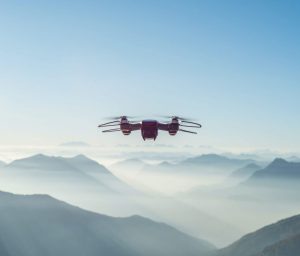
Types of Drones
Several types of drone photography are available on the market. Each type has unique features and capabilities that cater to different photography needs. Some popular types include:
- Quadcopters: These drones are the most common and versatile, offering stability and maneuverability.
- Hexacopters: With six rotors, these drones provide increased stability and lifting capacity.
- Octocopters: Ideal for heavy-duty aerial photography, these drones offer enhanced stability and control.
Choosing the correct type of drone is crucial in capturing stunning aerial perspectives and achieving the desired photographic results.
Camera and Lens Considerations
Several key factors should be considered when selecting a camera and lens for drone photography. First, choosing a drone with a high-quality camera that captures sharp, detailed images is crucial. The right lens is also critical to achieving different perspectives and focal lengths. Wide-angle lenses capture sweeping landscapes, while telephoto lenses are ideal for close-up shots of distant subjects. It’s also important to consider the camera’s sensor size, as larger sensors often produce better image quality. Lastly, investing in filters can enhance your aerial photography by reducing glare and enhancing colors. By carefully considering these camera and lens factors, you can ensure that your drone photography captures stunning, professional-looking images.
Accessories for Aerial Photography
In addition to the drone and camera, several essential accessories can enhance your aerial photography experience. Filters are a must-have accessory as they help control light and reduce glare. Extra batteries are also crucial to extend your flying time. Gimbal stabilizers are essential for capturing smooth and stable footage. Other useful accessories include memory cards with ample storage capacity, propeller guards for added safety, and landing pads to protect your drone during takeoff and landing. Investing in these accessories will significantly improve your aerial photography results.
Techniques for Stunning Shots
Composition and Framing
Regarding composition and framing, drone photography offers a unique perspective that allows photographers to capture breathtaking images. By positioning the drone at various heights and angles, photographers can create dynamic compositions and manipulate the elements within the frame. It’s essential to consider the rule of thirds and leading lines to enhance the visual impact and guide the viewer’s eye. Additionally, experimenting with different framing techniques, such as aerial close-ups or wide-angle shots, can add depth and dimension to the photographs. By mastering the art of composition and framing, photographers can create stunning aerial images that truly stand out.
Lighting and Weather Conditions
Regarding drone photography, lighting, and weather conditions are crucial in capturing stunning aerial shots. Proper lighting can enhance the colors and textures of the landscape, while dramatic weather conditions, such as clouds, fog, or golden hour sunlight, can add a sense of drama and depth to the images. It’s essential to be mindful of the weather forecast and plan your flights accordingly. Additionally, understanding how different lighting conditions affect your camera settings and exposure is necessary for achieving the desired results. Whether it’s the soft glow of sunrise or the vibrant hues of sunset, mastering the art of capturing the perfect lighting and weather conditions will elevate your drone photography to new heights.
Flight Planning and Safety Measures
When planning flights for drone photography, several key considerations are essential. First and foremost, it is crucial to familiarize yourself with the local regulations and airspace restrictions. This will help ensure that you are flying your drone safely and legally. Additionally, it is essential to assess the weather conditions before each flight. Strong winds, rain, or extreme temperatures can affect the stability and performance of your drone. Creating a pre-flight checklist can help you stay organized and ensure you have all the necessary equipment and batteries before heading out. Lastly, safety must always be prioritized by maintaining a safe distance from people, buildings, and other aircraft. By following these flight planning and safety measures, you can enjoy the thrill of capturing stunning aerial shots while minimizing risks.

Post-Processing and Sharing
Editing and Retouching
In drone photography, editing and retouching are crucial in enhancing the captured aerial images. After capturing stunning shots from the sky, photographers can utilize various software tools to improve their photos. Adobe Photoshop and Lightroom are popular tools for editing drone photos, enabling photographers to adjust exposure, colors, and remove unwanted elements. Additionally, retouching techniques can enhance details and create a polished look. Photographers must strike a delicate balance between improving the image and preserving its natural beauty. By utilizing these editing and retouching techniques, drone photographers can take their aerial shots to the next level, creating breathtaking visuals that captivate viewers.
Social Media and Online Platforms
In today’s digital age, social media and online platforms play a crucial role in sharing and showcasing drone photography. Platforms like Instagram, Facebook, and Flickr provide photographers with a broad audience and a means to connect with other enthusiasts. It is essential to optimize your images for these platforms by resizing and compressing them without compromising quality. Additionally, consider creating a portfolio website or blog to display your work and attract potential clients. Remember always to credit the original photographer and respect copyright laws when sharing images online.
Copyright and Legal Considerations
Regarding drone photography, it is essential to be aware of copyright and legal considerations. Before flying your drone, research and understand the local regulations. Some countries may require you to obtain a license or permit for commercial drone photography. Additionally, be mindful of privacy laws and respect people’s personal space. Getting permission when capturing images of private property or individuals is also crucial. By following these guidelines, you can enjoy the art of drone photography while staying within the legal boundaries.
Conclusion
In conclusion, drone photography has revolutionized the way we capture aerial perspectives. With the right equipment and techniques, photographers can capture stunning shots from unique angles and heights. The benefits of aerial perspectives are undeniable, providing a fresh and captivating worldview. From the history of drone photography to the post-processing and sharing of images, this article has explored the various aspects of this art form. So, whether you’re a professional photographer or an amateur enthusiast, exploring drone photography can open up a new world of creative possibilities.
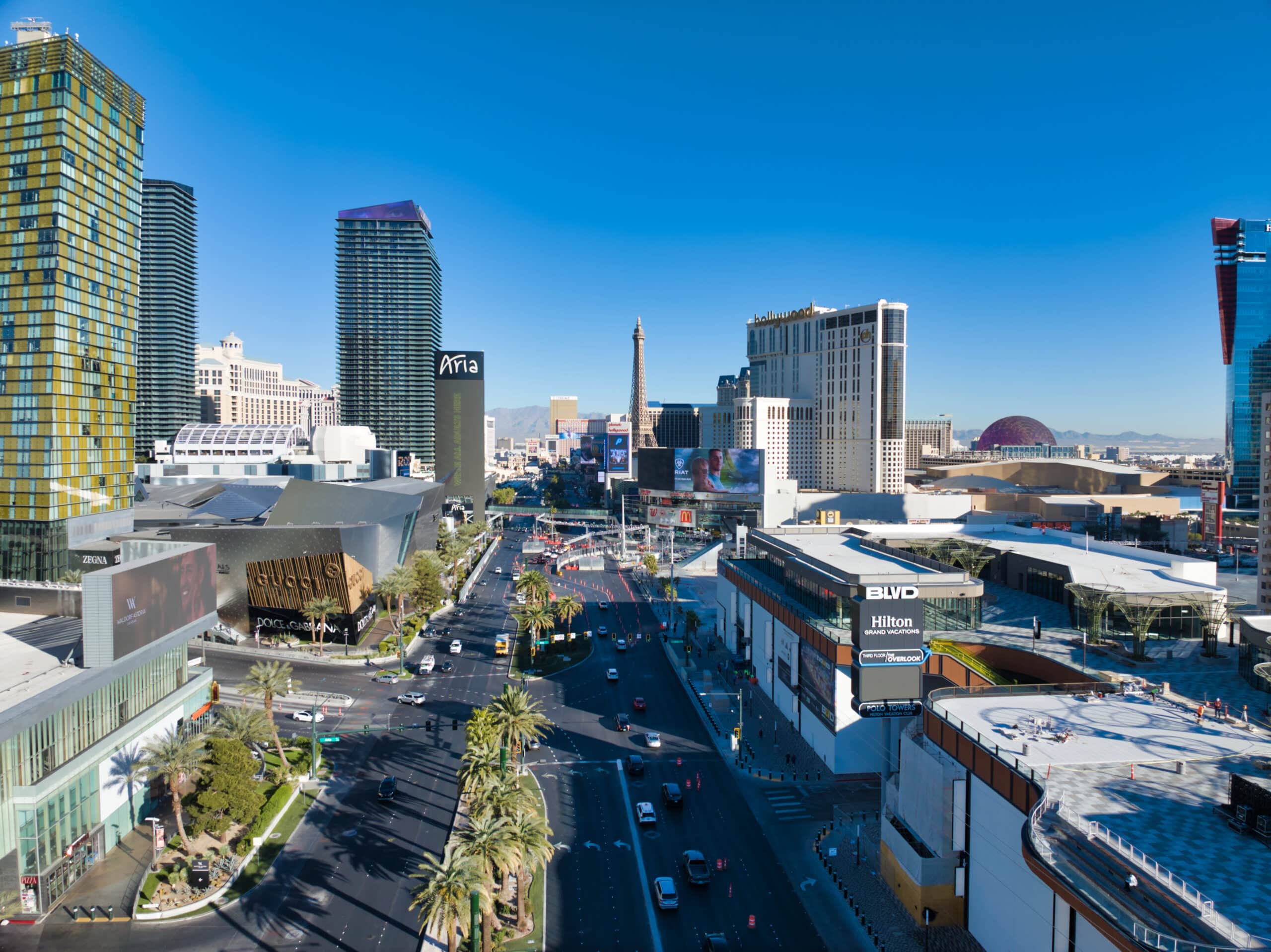
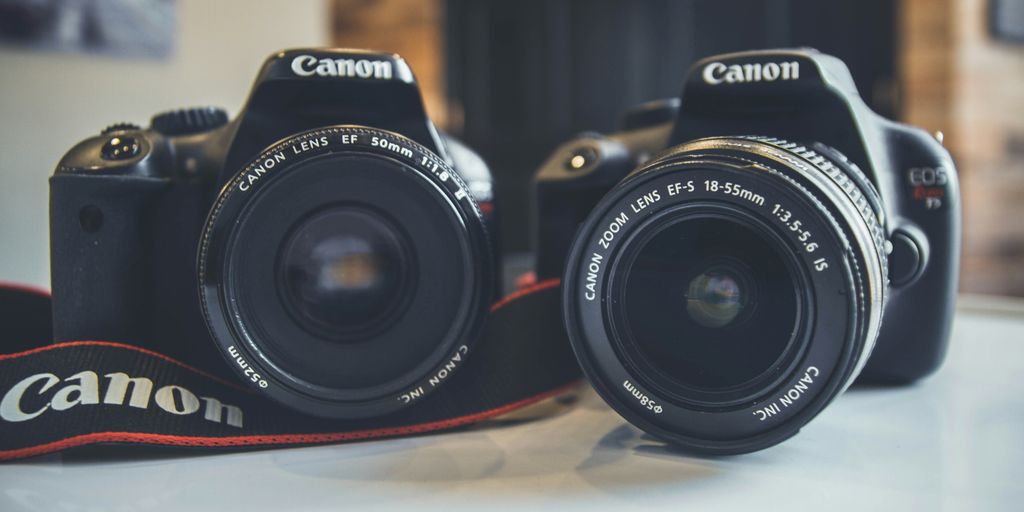
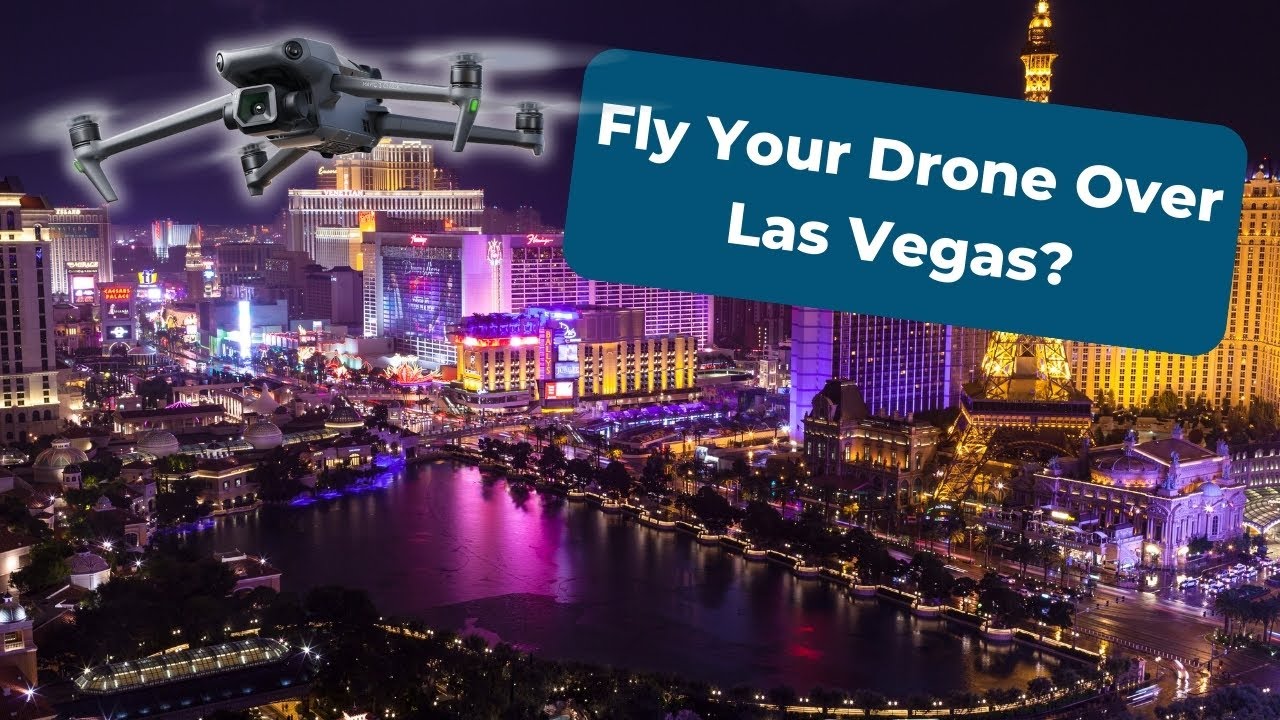
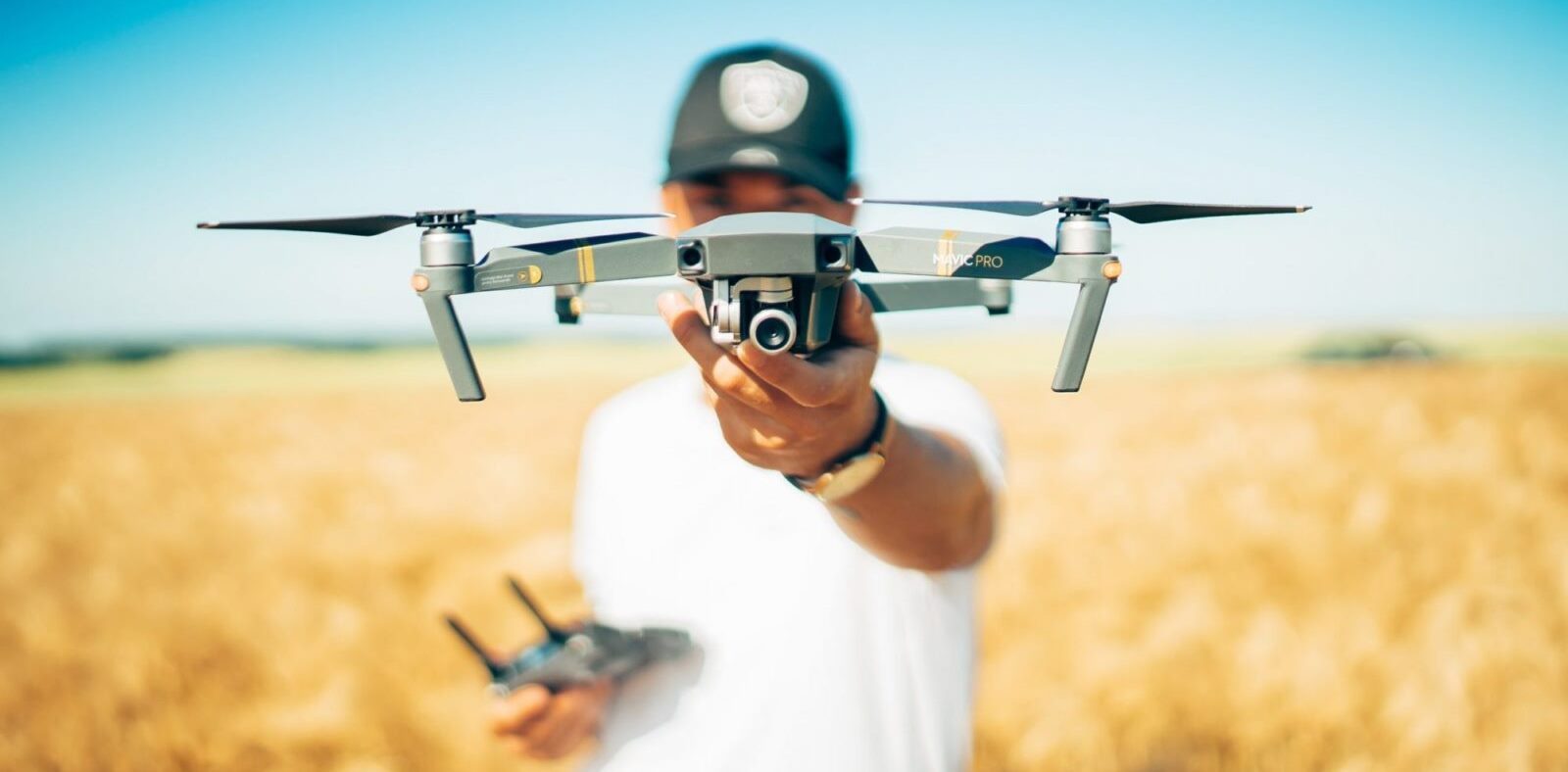

Comments are closed.